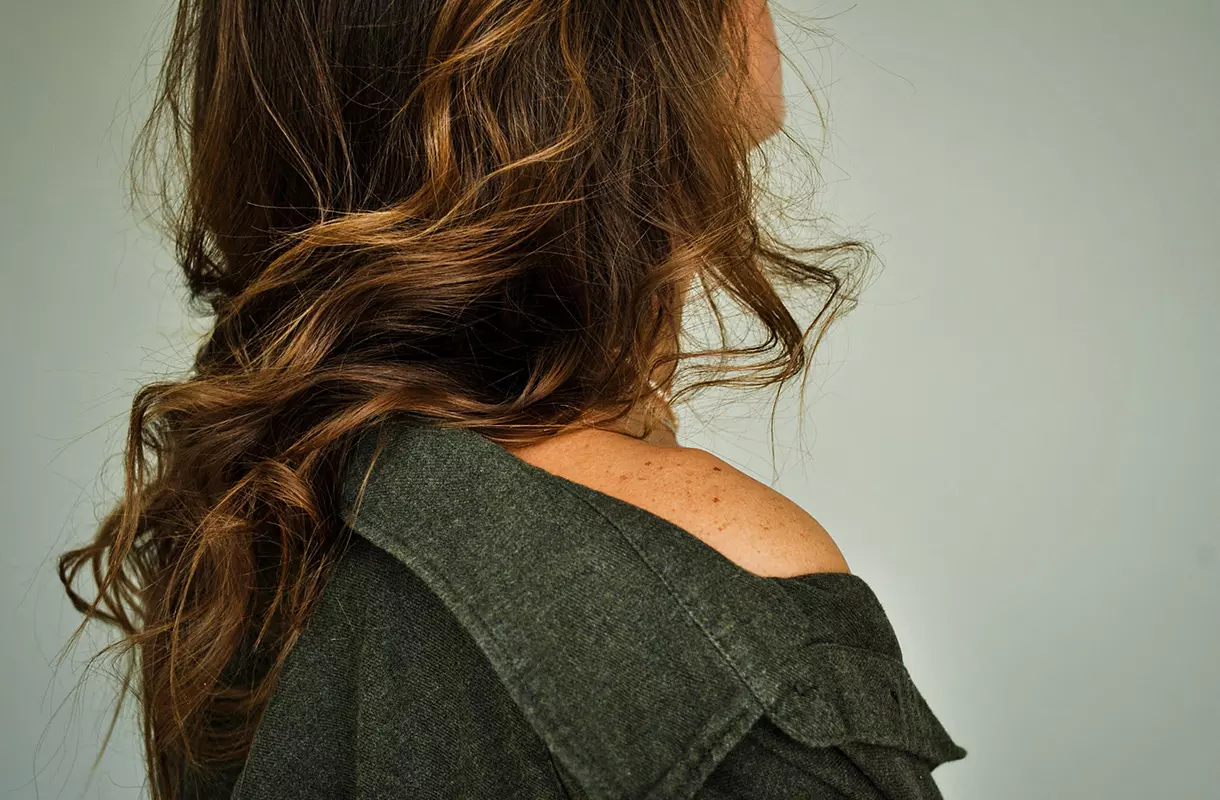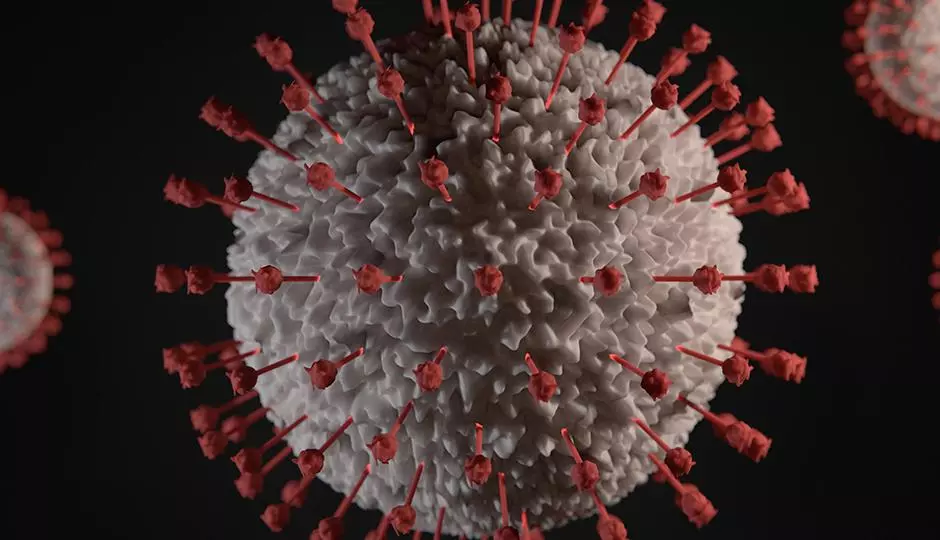During the hair restoration process, the doctor and patient partner together to determine the best approach for successful hair restoration. The consultation gives the surgeon the opportunity to study the patient’s case and allows the patient to discuss expectations and concerns without the pressure of making a large financial decision on the same visit. It is a crucial step in the process, and always precedes treatment at the Hair Transplant and Restoration Center.
“The most important time a patient can spend with me is during their hair loss consultation.”
Dr. Arthur Gray, Hair Transplant Surgeon
Determining Optimal Hair Loss Treatment
Medical History Affects Hair Loss
A patient’s medical history can affect the success of hair loss treatments and therefore must be thoroughly analyzed. Certain medical conditions that restrict blood flow can compromise hair transplants or keep hair from regrowing successfully due to the newly transplanted hair follicles’ need for a healthy blood supply. Cigarette smoking is another factor that constricts blood flow and slows the wound healing process.
On the other hand, if a patient is taking blood thinners, taking herbal medication, or has had a cardiac stent in the last 12 months and is required to take anticoagulants, a hair transplant would be more difficult due to excessive bleeding.
It’s equally important for your hair loss surgeon to review your medical history in order to determine if there is an underlying factor causing the alopecia. Both abnormal thyroid functioning (hormonal imbalance) and anemia (low iron levels) have been found to contribute to hair loss.
Familial History Affects Hair Loss
Understanding the pattern hair loss has taken in your family helps surgeons to estimate the scope of hair loss that you may expect during your lifetime. For younger patients with a strong family history of extensive hair loss, transplanting is an option but the surgeon should keep enough donor hair intact for potential later needs. All of this is taken into consideration when the surgeon plans the appropriate hair loss treatment program following the consultation.
Common Procedures At A Hair Loss Consultation
Depending on the circumstance, there are several procedures that a hair loss surgeon will perform at the consultation in order to better understand the patient’s condition.
Dermoscopy
A dermoscopy is a completely painless procedure that provides an extremely magnified picture of the affected area of the scalp and individual hair follicles. Hair surgeons use dermoscopies as a simple way to determine if the cause for alopecia differs from that of normal androgenic alopecia. If there happens to be a question about diagnosis, the surgeon will often perform a scalp biopsy.
Scalp Biopsy
In a biopsy, a small specimen of the scalp is removed from two locations after being anesthetized and sutures are placed to close the area where the punches were made. The biopsy specimens are sent to a dermatopathologist who specializes in hair and skin diseases. The information received from the specialist will be considered along with the patient’s medical and familial history and physical exam to direct the treatment. If the scalp biopsy reveals cicatricial alopecia (scarring hair loss), the treatment will differ from normal androgenic alopecia treatments.
Photographs
At the Hair Transplant and Restoration Center, photographs of the patient’s scalp from several angles will be taken to give the surgeon objective data to track progress.
Hair Check
A Hair Check is an instrument used to measure hair density. It can be used for both men and women, but because the hair must be of a certain length to make the measurement, it is most often used in women. It provides objective measurements from different areas of the scalp which can be reproduced months later to evaluate how a treatment is working.
Hair Diameter Measurement
At times, the hair surgeon will measure the diameter of individual hairs under a microscope to determine the amount of miniaturization that has occurred.






